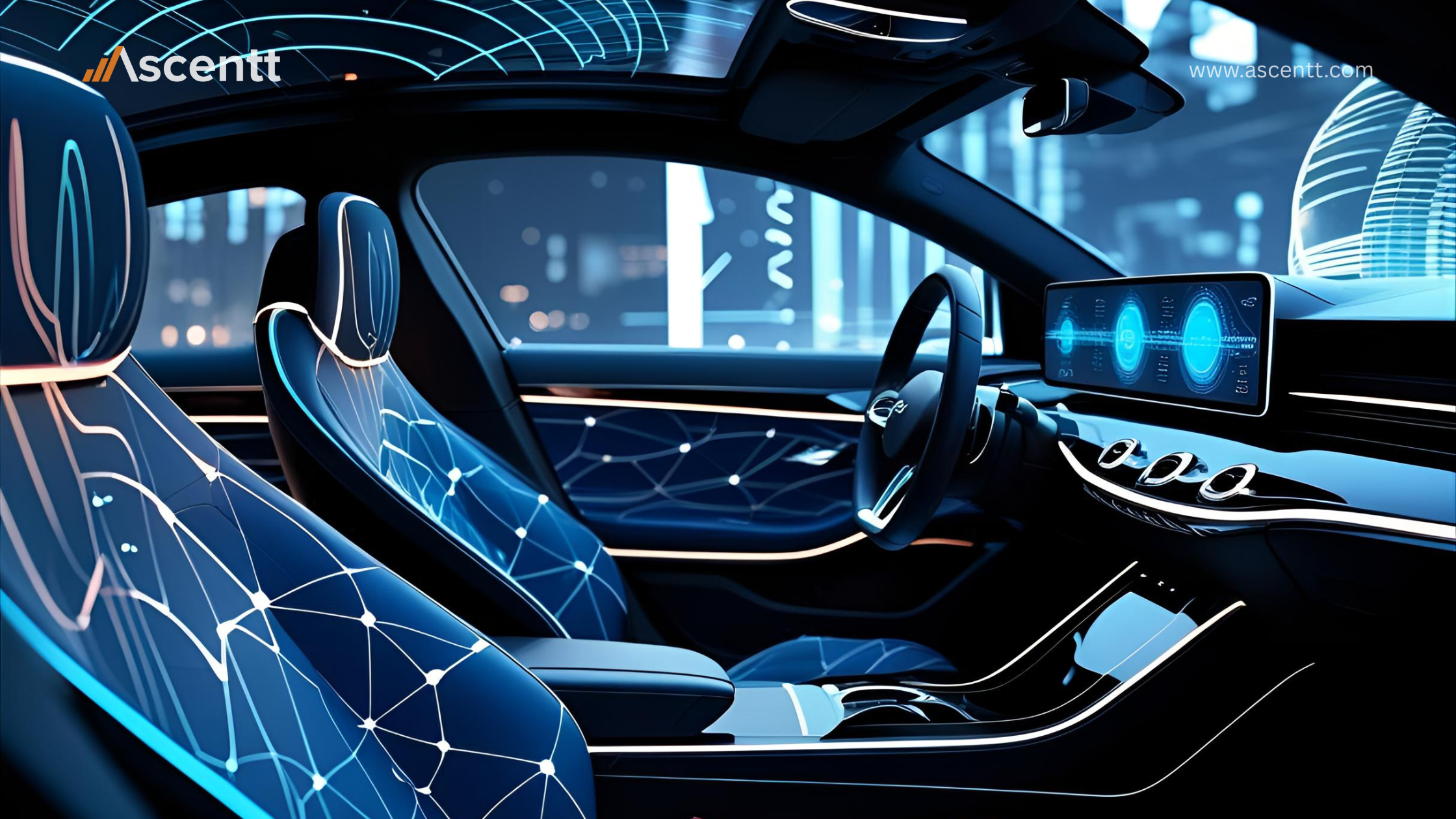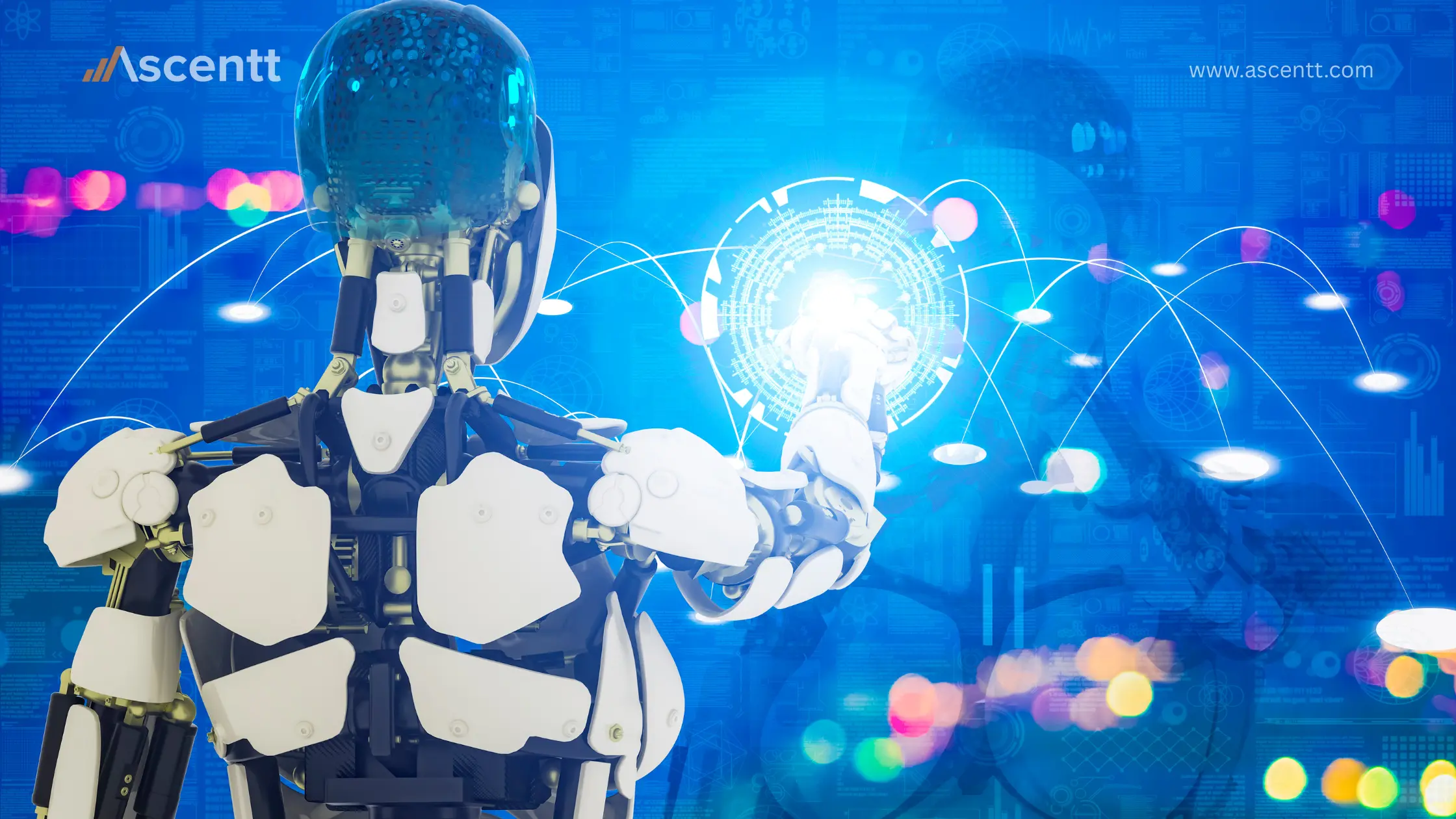What if your cars could tell you when they needed maintenance before it happened, drive through busy cities without a hitch, and provide you with a personalized in-car experience that knows what you need before you say it? That is not science fiction, it’s the truth that automotive AI trends are making happen by 2025. Automotive leaders worldwide are under more and more pressure to reduce downtime, make driving safer, and offer highly individualized mobility. AI is no longer just an option; it is necessary to fix these problems.
However, problems remain, such as improving supply chains, ensuring quality stays high, and reliably introducing autonomous features. We at Ascentt have observed how AI-powered inspection systems have changed manufacturing lines by finding paint or part problems in real time, cutting down on rework, and increasing yield.
In this blog, we explore the future of car AI, from intelligent fleet forecasting to next‑gen infotainment, and show how strategic tech forecasting and an AI roadmap for OEMs can unlock the autonomous future.
Emerging Automotive AI Trends for 2025
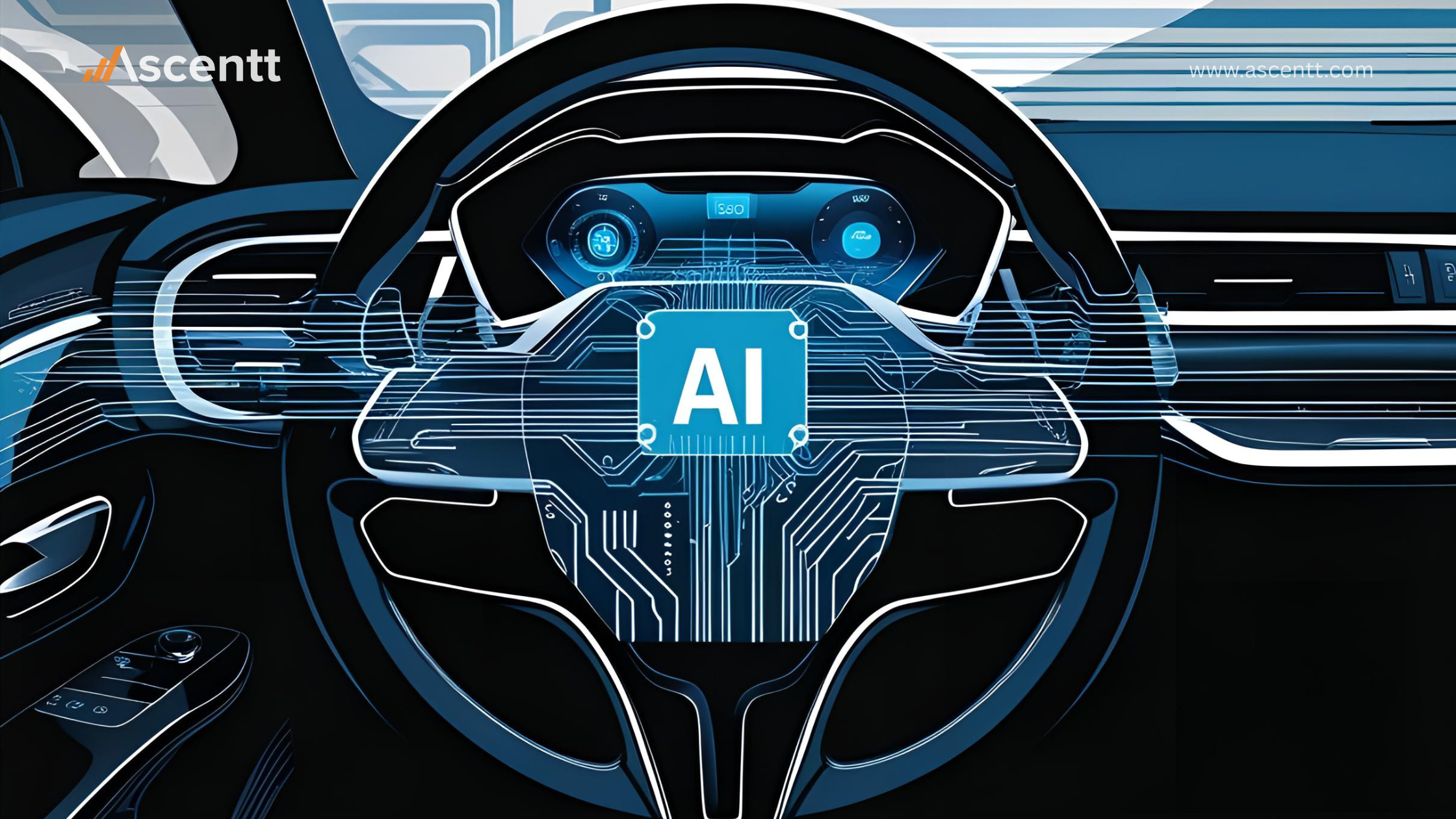
Automotive AI is not about what is next, it is already here. By 2025, the industry will witness a wave of AI-powered capabilities that will become standard across the value chain. Here are the most defining trends to watch:
1. Predictive Maintenance Becomes Standard
Instead of relying on fixed service schedules, automakers are embracing AI to predict component failures using real-time telemetry and historical data.
2. V2X and Intelligent Driving Ecosystems
Vehicle-to-everything (V2X) technology is accelerating with AI. Cars may now interact with traffic systems, people, and each other for safer, faster decisions. AI technologies are being deployed at the edge for faster processing and real-time execution.
3. Hyper-Personalized In-Car Experiences
Infotainment systems are getting smarter. AI enables real-time personalization from voice assistants that understand context to climate control systems that learn driver preferences. This creates a seamless cabin experience, contributing to user loyalty and differentiation.
4. Strategic AI Integration Across the Stack
OEMs are establishing AI roadmaps for product development, supply chains, and customer service beyond features. An integrated approach is needed for computer vision, NLP, and ML. Without integration planning, companies risk falling behind in agility and compliance.
These automotive AI advances significantly alter vehicle design, operation, and maintenance. Ascentt’s tailored AI and analytics accelerators let firms adopt such technologies quickly without compromising quality or governance.
Autonomous Future: From Assisted to Fully Autonomous Vehicles
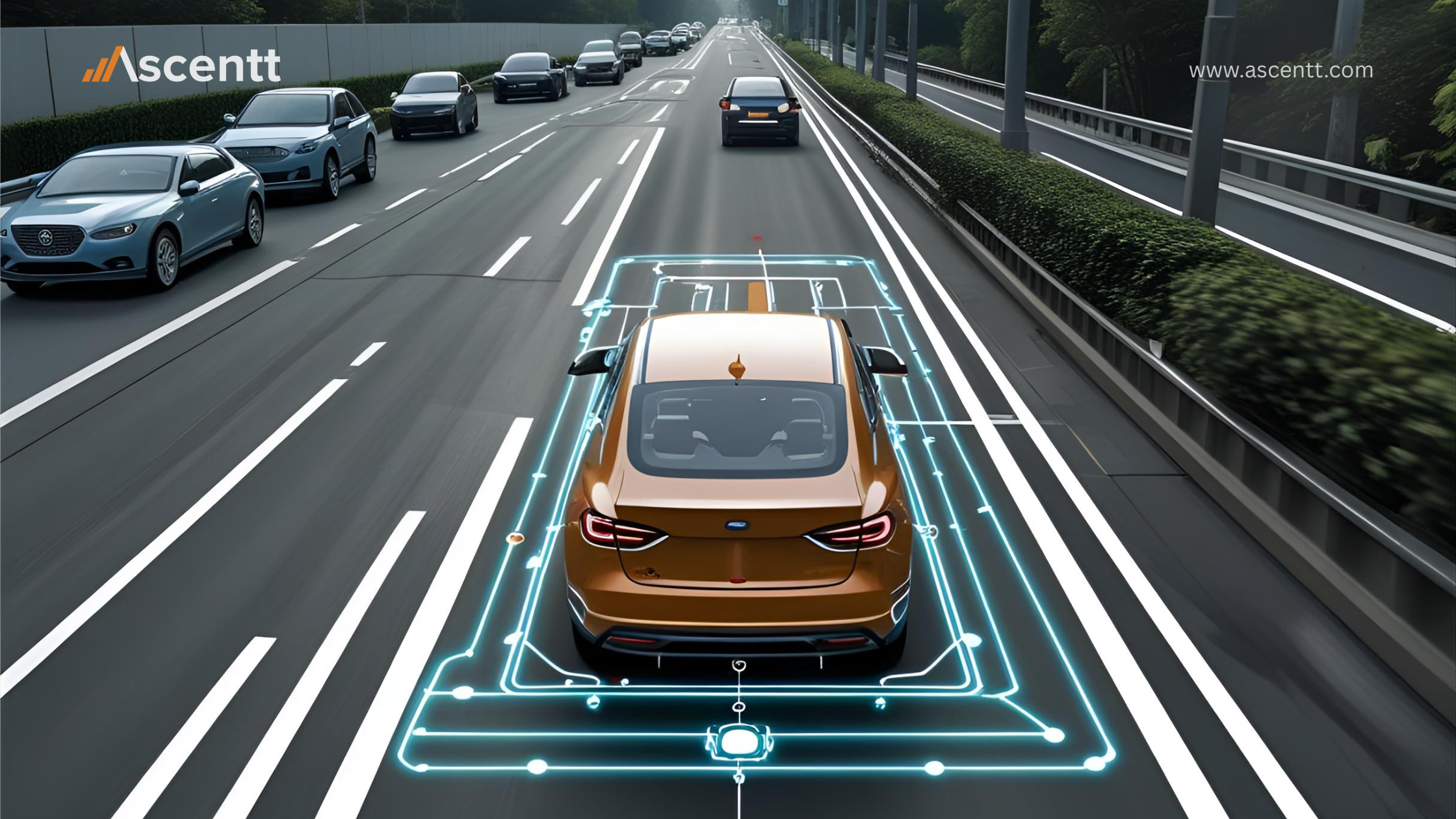
By 2025, vehicles will be capable of making autonomous judgments in real time without driver supervision. AI-based perception systems, predictive modeling, and real-time data processing make this transition possible.
Sensor fusion, reinforcement learning, and neural networks enable vehicles to ascertain their responses in complex driving scenarios. Enhanced models for intent prediction and path planning can improve the safety of lane changes, adaptive cruising, and urban driving.
With the enactment of additional legislation and the expansion of processing capabilities, the future of autonomous vehicles is approaching urban areas and thoroughfares.
Mobility Transformation and AI’s Role in Smart Cities
Cities struggle with pollution, traffic, and overworked infrastructure. AI-powered mobility solutions are revolutionary. AI-enabled cars can easily connect with parking structures, traffic signals, and other infrastructure to improve urban transportation and substantially reduce emissions and journey times.
AI is speeding electric vehicle adoption and helping cities reduce carbon emissions by anticipating and limiting charging needs. Real-time AI analytics improve traffic forecasts, improving public safety and transit efficiency.
Creating an AI-driven mobility revolution is about making cities safe, efficient, and sustainable, not just better automobiles.
Next-Gen Infotainment and the Personalized Driving Experience
AI is changing how we use cars. More and more, smart, voice-first infotainment systems respond to what the driver does, what they see, and what the settings are at the time.
AI-powered assistants can now recognize spoken language, change settings based on the user’s wants, and predict music playlists and guidance routes. Auto basic models make infotainment systems more straightforward, work in multiple languages, and understand the situation.
Researchers are also investigating using generative AI to create user interfaces that change and to teach drivers proactively throughout long trips. These features make things easier and change how drivers and machines work together.
As cars become more self-driving, next-gen infotainment will be important for keeping people engaged, safe, and happy while driving.
Challenges and Strategic Considerations for Automotive AI Implementation
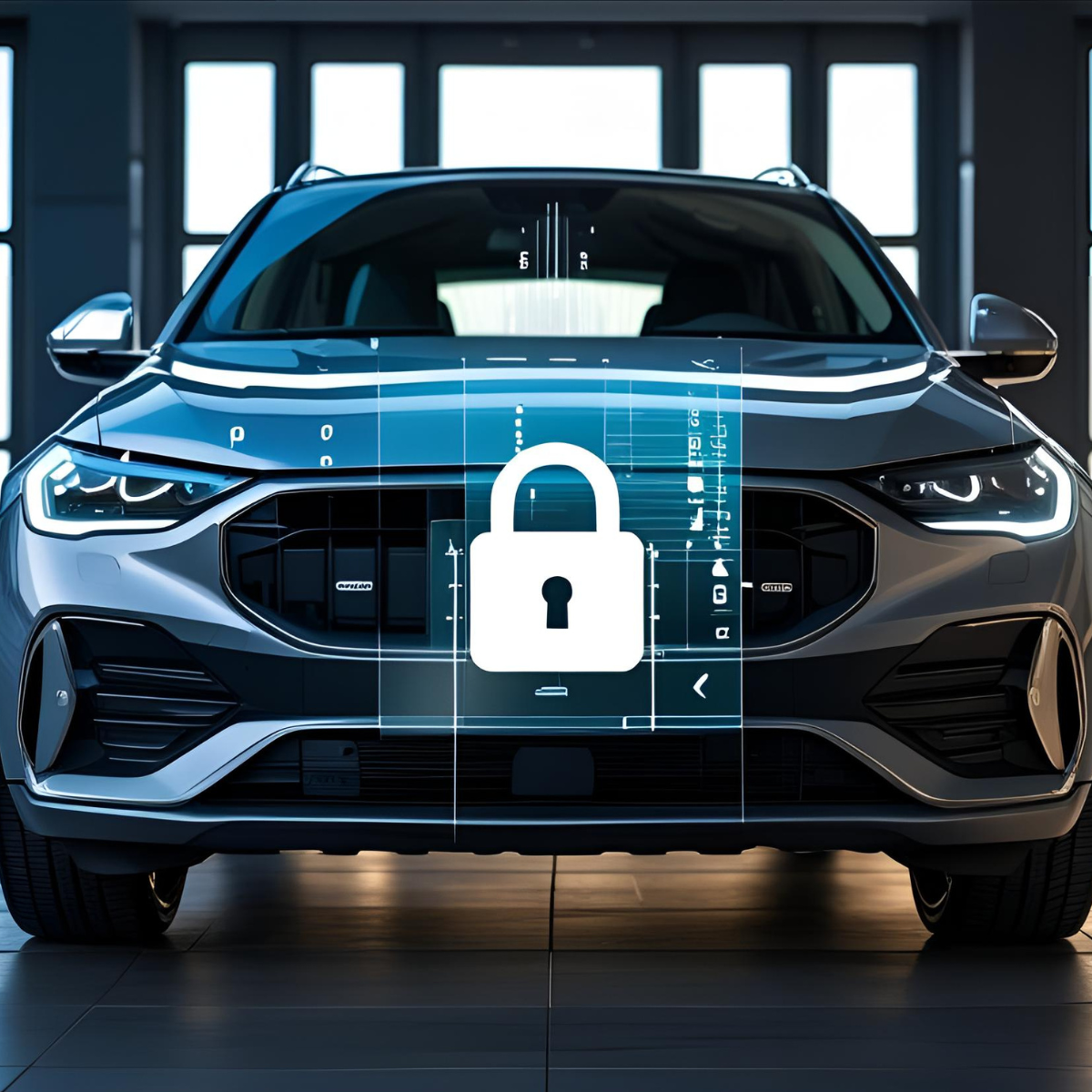
Several problems need to be solved before automotive AI can be used, even if it has a lot of potential. Privacy and data security are big worries, especially when cars capture sensitive information about users, their locations, and their behavior. It is essential to follow worldwide rules like GDPR and ISO 21434.
Another problem is that AI models aren’t always reliable or easy to understand. As cars become more self-driving, OEMs must ensure that AI decisions can be understood and checked, especially where safety or responsibility are at stake.
Infrastructure is another factor holding things back. Edge computing, strong connections, and seamless software-over-the-air upgrades need to be invested in for the long term in order to achieve real-time AI performance.
OEMs need to execute strategic planning, work together across departments, and have a clear AI strategy to overcome these problems and encourage more people to use AI.
Conclusion: The Road Ahead for Automotive AI
More horsepower or better gas mileage aren’t the next big things in the car business. What’s next are smart, connected experiences driven by AI. After 2025, the AI business needs to stop focusing on test cases and start focusing on AI solutions that can be used in production.
Automakers and Tier-1 suppliers who invest in a planned AI roadmap, a strong data infrastructure, and experts in many fields will have a big edge over their rivals. Success in predictive maintenance, self-driving navigation, or next-gen infotainment relies on making systems that can be understood, are safe, and can be changed easily.
As tech companies and OEMs work together more, the path to a future with self-driving cars is going faster. It no longer matters if AI will change how we get around; what matters is how quickly and safely businesses are ready to use it. Contact the Ascentt team of experts to learn how the best thinkers get things done.
FAQs
1. How is AI changing the future of cars beyond just self-driving?
AI is changing every part of the car experience, not just the driving. AI makes cars more creative, safe, and valuable by letting them undertake predictive maintenance, optimize the supply chain, control entertainment with voice commands, and set up the car's settings to fit the driver. It also helps improve electric cars and lets smart cities talk to traffic in real time.
2. What is holding back large-scale adoption of automotive AI today?
Some of the biggest issues are ensuring that the infrastructure is ready, following the rules, preserving people's privacy, and explaining AI decisions. This is especially important in regions where safety is a top priority. Many OEMs are still working on the foundations of scaled AI, such as ensuring that data pipelines function, adding edge computing power, and defining rules for AI models.
3. Do all automotive companies need a formal AI roadmap?
Of course. AI projects can stay in their own worlds or pilot mode without a plan. An AI roadmap helps you set business goals, prioritize use cases, choose infrastructure, and maximize investment value.
